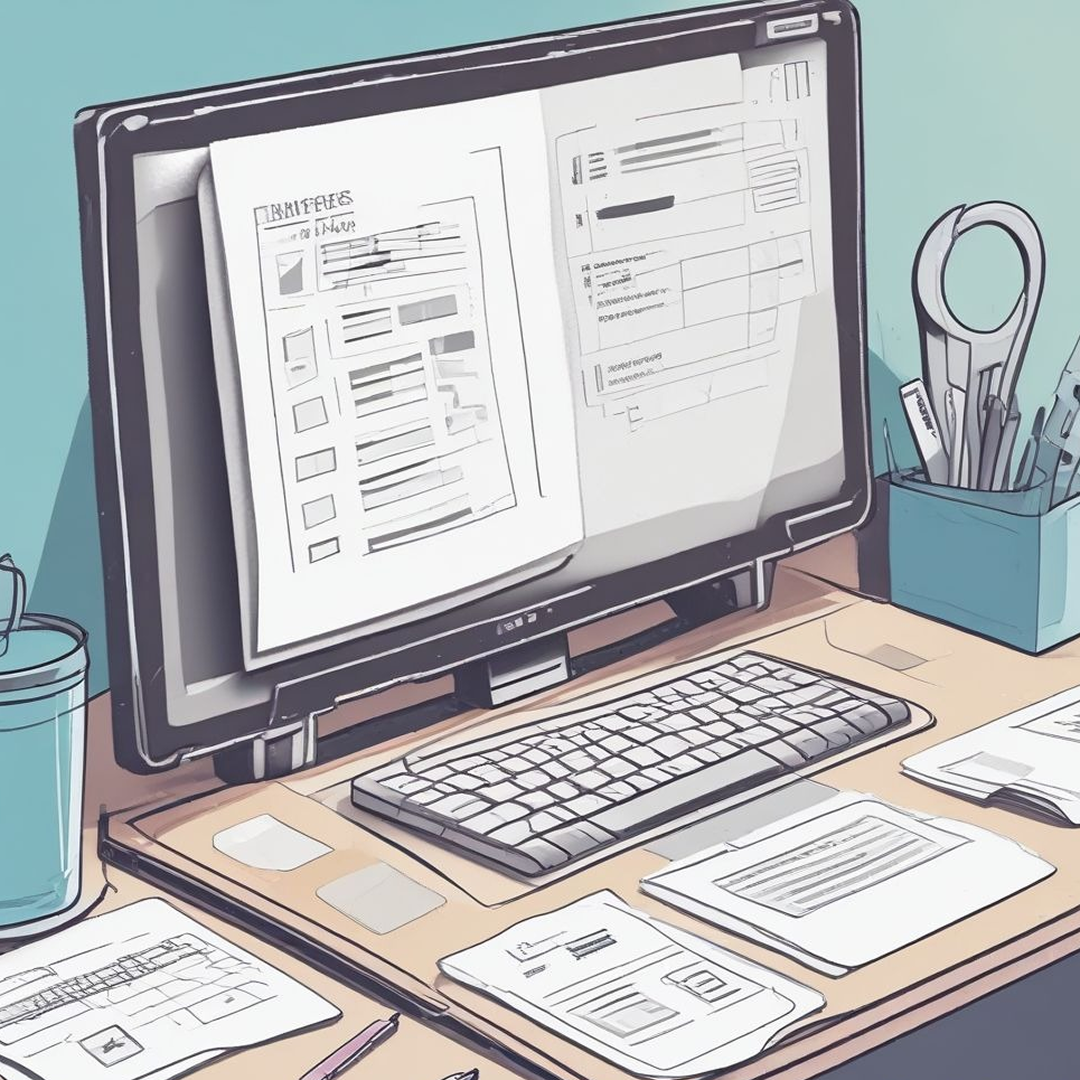Page Design in Business Central: Optimizing User Interface for Efficiency

Overview of Card Pages
Effective page design in Microsoft Dynamics 365 Business Central enhances user experience by ensuring clarity, efficiency, and accessibility. Unlike list pages that display multiple records, card pages focus on a single record. As a result, users can manage data with greater accuracy. Common examples include the Customer Card, Item Card, and G/L Account Card.
To improve usability, Business Central incorporates features such as FastTabs and FactBoxes. FastTabs organize related information into collapsible sections, preventing clutter. Meanwhile, FactBoxes display key insights, including outstanding invoices or order history. By leveraging these tools, businesses can streamline data entry and retrieval. Well-structured page design not only makes navigation intuitive but also boosts productivity.
Key Features of Card Pages
A well-structured page design follows best practices to enhance navigation and efficiency.
1. Single Record Display: Each card page is dedicated to a single record. This makes it easier for users to enter or review data without distraction.
2. FastTabs: These are groups of controls that categorize related information. FastTabs can be expanded or collapsed, helping users manage visibility effectively. For instance, a Customer Card may have separate FastTabs for General Information, Address, and Payment Details.
3. Mandatory Fields: Card pages often include mandatory fields that must be filled before saving the record. These fields are visually indicated with a red asterisk, guiding users to complete essential information.
4. FactBoxes: Typically, card pages feature FactBoxes that provide summary information about related activities or data. For example, a Customer Card might display a FactBox summarizing sales history or outstanding invoices. This allows users to access critical information at a glance.
5. Data Entry and Validation: Card pages focus on data entry. They often include validation rules to ensure data integrity. For instance, if a user tries to save a record without filling in mandatory fields, the system prompts them to complete the necessary information.
Designing an Effective Page Layout
When designing card pages in Business Central, developers must consider several factors to ensure usability and functionality.
1. User-Centric Design: The layout should prioritize user experience, making it intuitive for users to navigate and enter data. This includes logical grouping of fields and clear labeling.
2. Field Arrangement: Fields should be arranged in a way that reflects their importance and frequency of use. Frequently accessed fields should be placed prominently, while less critical information can be tucked away in collapsed FastTabs.
3. Responsive Design: Card pages should be responsive, adapting to different screen sizes and devices. This is particularly important as Business Central is often accessed on various devices, including tablets and smartphones.
4. Customization Options: Users should have the ability to customize their views, such as rearranging fields or selecting which FastTabs to display. This personalization enhances user satisfaction and efficiency.
5. Performance Considerations: Developers must ensure that card pages load quickly and perform efficiently, even with large datasets. This may involve optimizing data retrieval processes and minimizing the amount of data displayed initially.
Implementing Page Design in Business Central
Developers use AL programming to create and customize pages in Business Central. Below is a basic AL code snippet for defining a Customer Card Page:
“`al
page 50100 “Customer Card”
{
PageType = Card;
SourceTable = Customer;
layout
{
area(content)
{
group(General)
{
field(“No.”; “No.”)
{
ApplicationArea = All;
ShowMandatory = true;
}
field(“Name”; “Name”)
{
ApplicationArea = All;
ShowMandatory = true;
}
}
group(Address)
{
field(“Address”; “Address”)
{
ApplicationArea = All;
}
field(“City”; “City”)
{
ApplicationArea = All;
}
}
}
}
actions
{
area(processing)
{
action(Save)
{
ApplicationArea = All;
trigger OnAction()
var
Customer: Record Customer;
begin
Customer.Validate(“No.”, Rec.”No.”);
Customer.Modify();
end;
}
}
}
}
“`
This script defines a page design that includes key sections such as General and Address, ensuring a well-structured layout for users.
Best Practices for Page Design
Consistency: Maintain a consistent design across all card pages. This helps users familiarize themselves with the interface. This includes using similar layouts, color schemes, and control types.
Accessibility: Ensure that card pages are accessible to all users, including those with disabilities. This may involve using appropriate color contrasts and providing alternative text for images. Also, ensure keyboard navigation is possible.
Testing and Feedback: Conduct user testing to gather feedback on the card page design. This input can help identify areas for improvement and ensure that the final product meets user needs.
Documentation: Provide clear documentation for users on how to navigate and use card pages effectively. This can include tooltips, help sections, or training materials.
Regular Updates: As Business Central evolves, regularly update card pages. This ensures that users benefit from the latest enhancements in the platform.
By adhering to these principles, businesses can create intuitive pages that improve operational efficiency.
Conclusion
An optimized page design is crucial for enhancing user experience in Business Central. Through the strategic use of FastTabs, FactBoxes, and structured layouts, businesses can streamline data entry while improving navigation. More importantly, effective page design reduces errors, making operations smoother
Moreover, businesses looking to streamline workflows should consider Empowering Businesses With Microsoft Dynamics 365 Business Central Consultancy to tailor solutions to their unique needs.
Do you like to read more educational content? Read our blogs at Cloudastra Technologies or contact us for business enquiry at Cloudastra Contact Us.